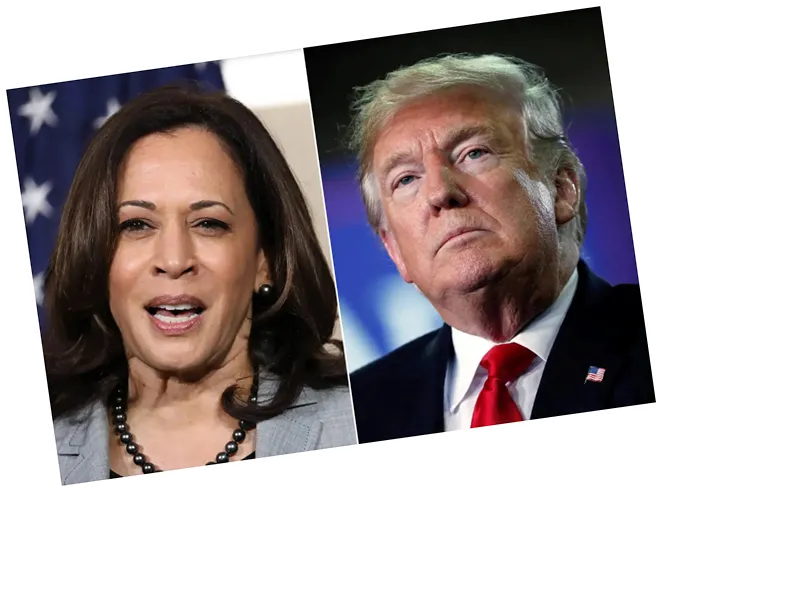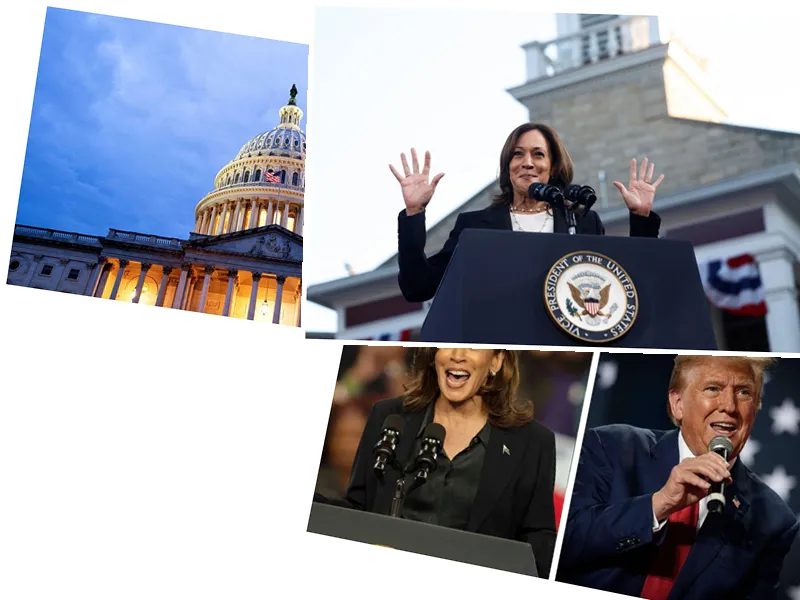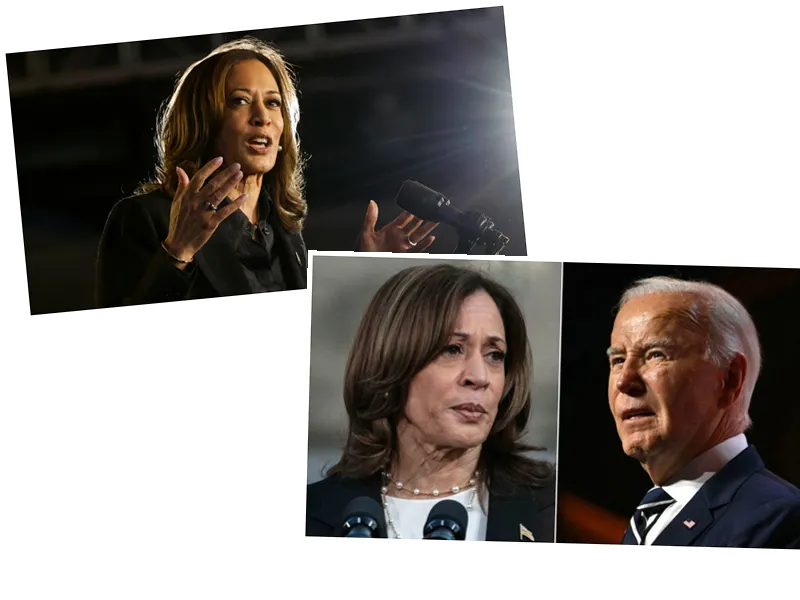The Dynamics of the 2024 U.S. Presidential Elections
As the 2024 presidential elections approach, the Republican and Democratic parties are solidifying their positions, showcasing contrasting philosophies that could shape the future of the United States. The Republican National Convention, set to take place from July 15 to July 18 in Milwaukee, Wisconsin, will spotlight former President Donald Trump as he seeks to reclaim his position amid a politically charged environment. Concurrently, the Democratic Party will hold its convention in Chicago from August 19-22, following President Joe Biden's withdrawal from the race, paving the way for Vice President Kamala Harris to take the lead.
Key Issues Shaping Party Platforms
The Republican Party is focusing on border security, portraying immigration as a threat to American jobs and safety. Trump's narrative emphasizes a smaller federal government with fewer regulations and lower taxes for businesses, appealing to his traditional support base. In contrast, the Democratic Party is advocating for social equality, with a focus on protecting social security, reducing healthcare costs, and women's reproductive rights, particularly post the Supreme Court's decision to overturn Roe v. Wade.
The Influence of Young Voters
Recent surveys indicate that young voters, aged 18 to 34, are pivotal in the upcoming elections, with 57% expressing a likelihood to vote. This demographic leans towards Harris, with significant concerns about the economy, climate change, and gun control. The Democratic Party's ability to resonate with these issues may enhance Harris's chances against Trump, who must shift focus from personal attacks to substantive economic discussions to maintain voter support.
- The stark differences in party philosophies are evident in their respective agendas. The Republicans have been criticized for relying heavily on populist rhetoric and cultural incitement, which may alienate independent voters. In contrast, the Democrats, under Harris's leadership, are attempting to project an optimistic vision for the future, especially focusing on issues that matter to younger voters. Moreover, both parties share a commitment to supporting Israel and countering China's influence, but their approaches differ significantly regarding domestic and foreign policies. The outcome of the upcoming elections will largely depend on each party's ability to connect with undecided voters and effectively communicate their visions for America.






